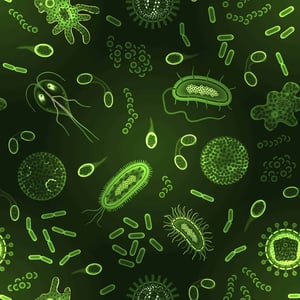In additional to cosmic dark matter, there is also another kind of dark matter that surrounds each and every one of us: that made up of bacteria and micro-organisms outside the human body, which have not yet been genetically “sequenced” and grown in the laboratory by researchers, in order to define its characteristics (the bacteria that resides in our body, on the other hand, for the most part has already been classified). Microbial dark matter is found in the majority of ecosystems, on our planet, and encompasses a huge number of different kinds of micro-organisms. But what kind of bacteria are they and what effects do they have on humans?
A team from the University of Tennessee (United States), led by the microbiologist Karen Lloyd, is trying to answer these questions, by gathering all the genetic code sequences of bacteria stored to date on international databases (approx. 1.5 million: but for certain many more of them exist in nature) and analysing them, with highly sophisticated and complex techniques, using the super-calculators of the Institute for Computational Sciences at the Oak Ridge National Laboratory. In this way the American researchers have been able to draw up a map of microbial dark matter for the first time, and they published it in the journal mSystems of the American Society for Microbiology.
What do the researchers from Tennessee claim? That approximately one quarter of the bacteria not yet categorized belongs to 30 currently-unknown phyla (phyla, in technical language, are the large families deriving from evolution, which include numerous species: an example is the phylum of vertebrates, which ranges from the simplest fish to human beings). Within each of these phyla, the differences between the still unknown bacteria would be comparable to those between a giraffe and a starfish.
Now the researchers are faced with another mammoth task, because many of these bacteria most probably have unexpected characteristics and abilities: for example, they may be able to live in extreme conditions, reproduce very slowly, or very quickly, feed themselves in a traditional way or, on the contrary, take the energy necessary to survive and reproduce from sources never imagined, and so on.
In the future the description of the many microbial ecosystems could lead to new drugs, new molecules for industry and, first and foremost, a greater understanding of the world we live in: us and them.

